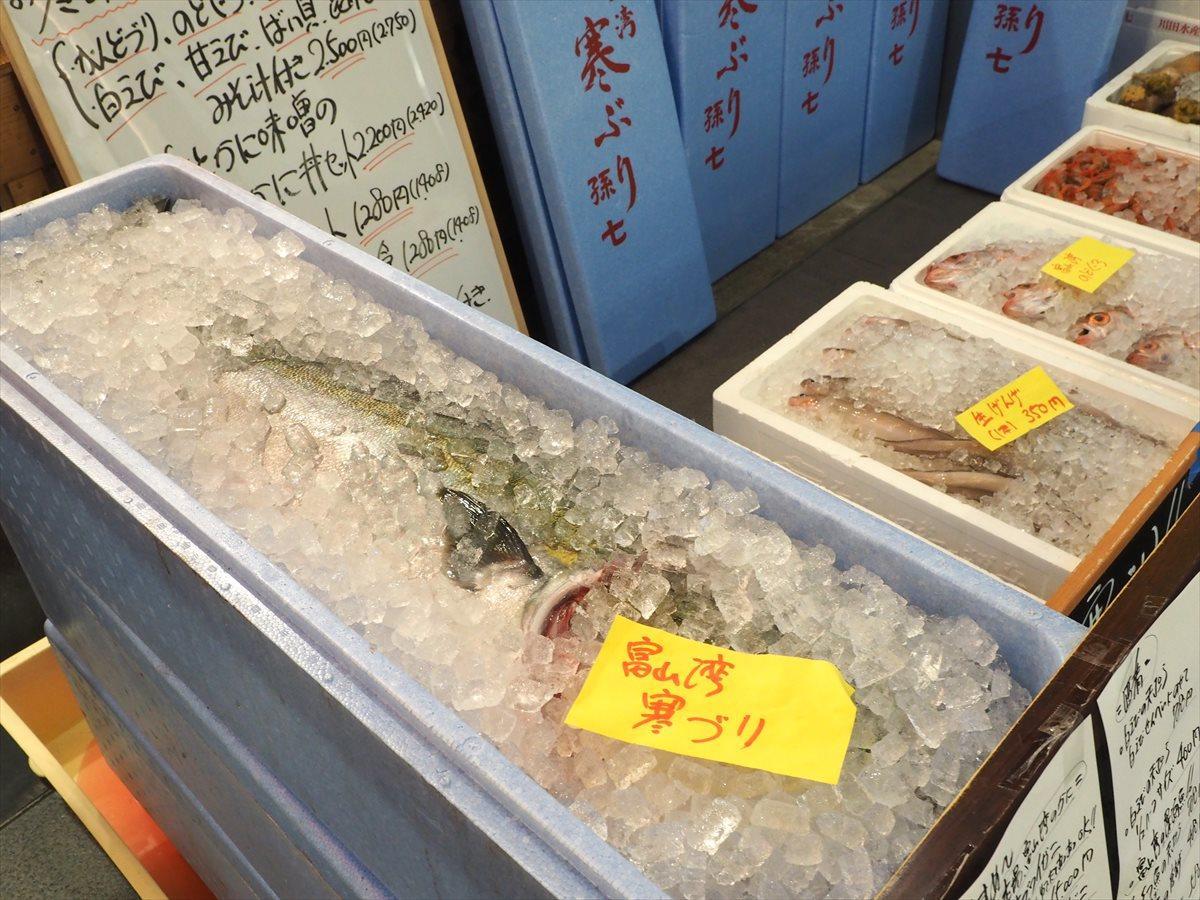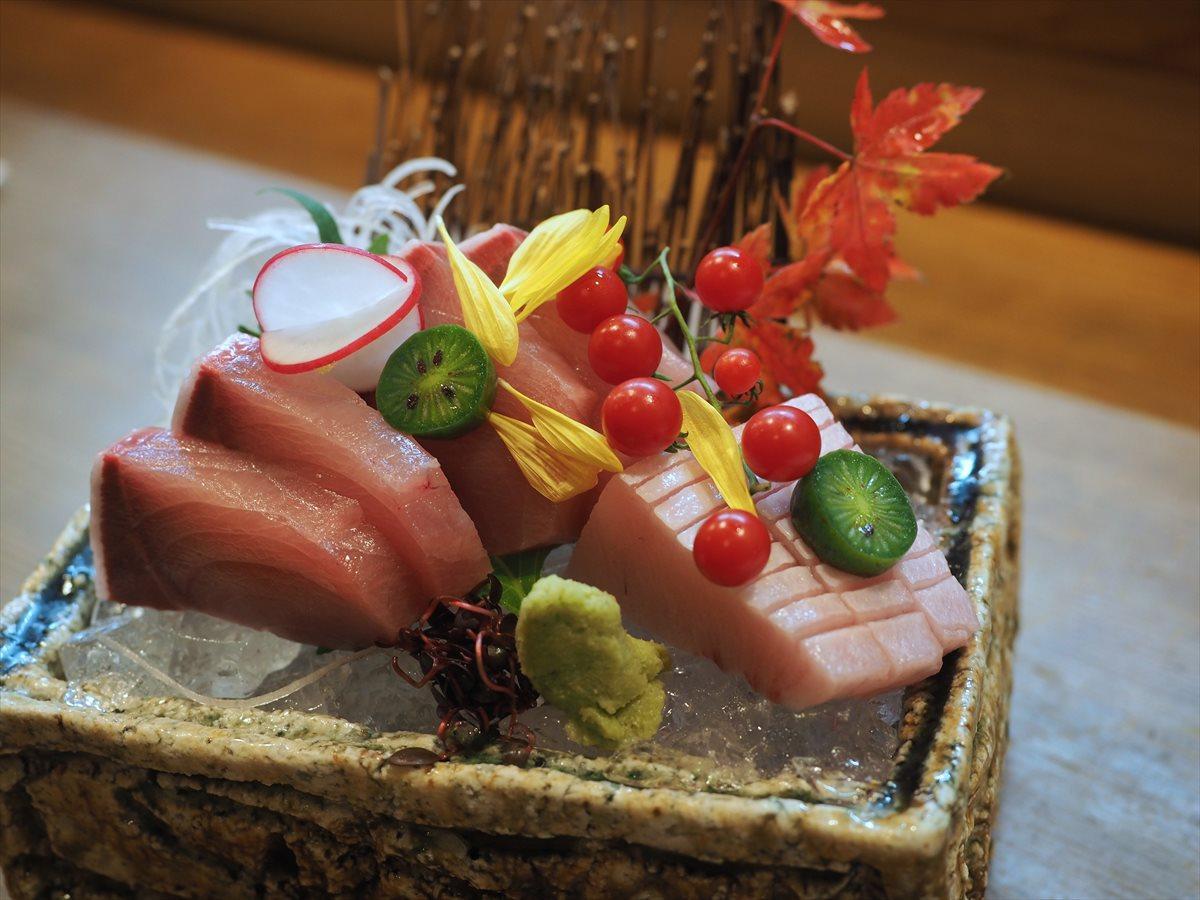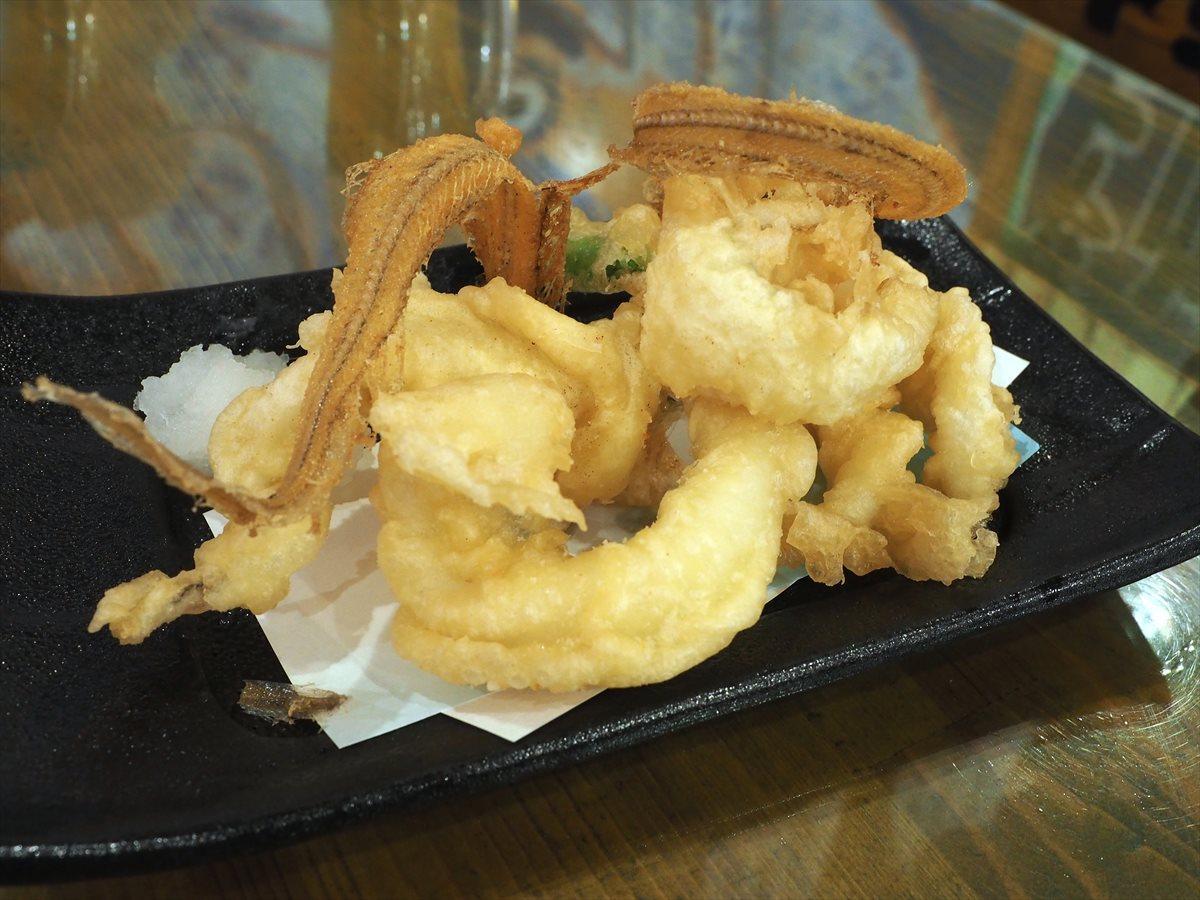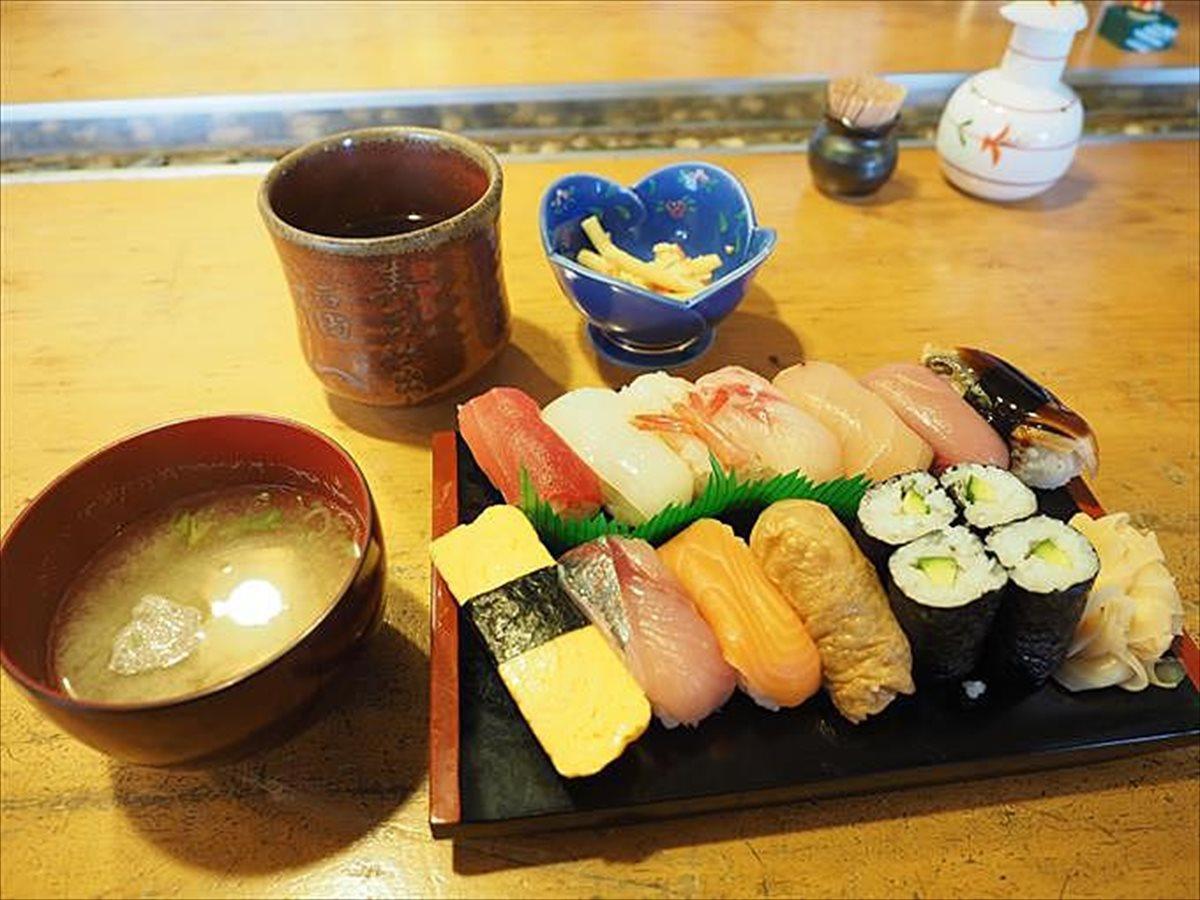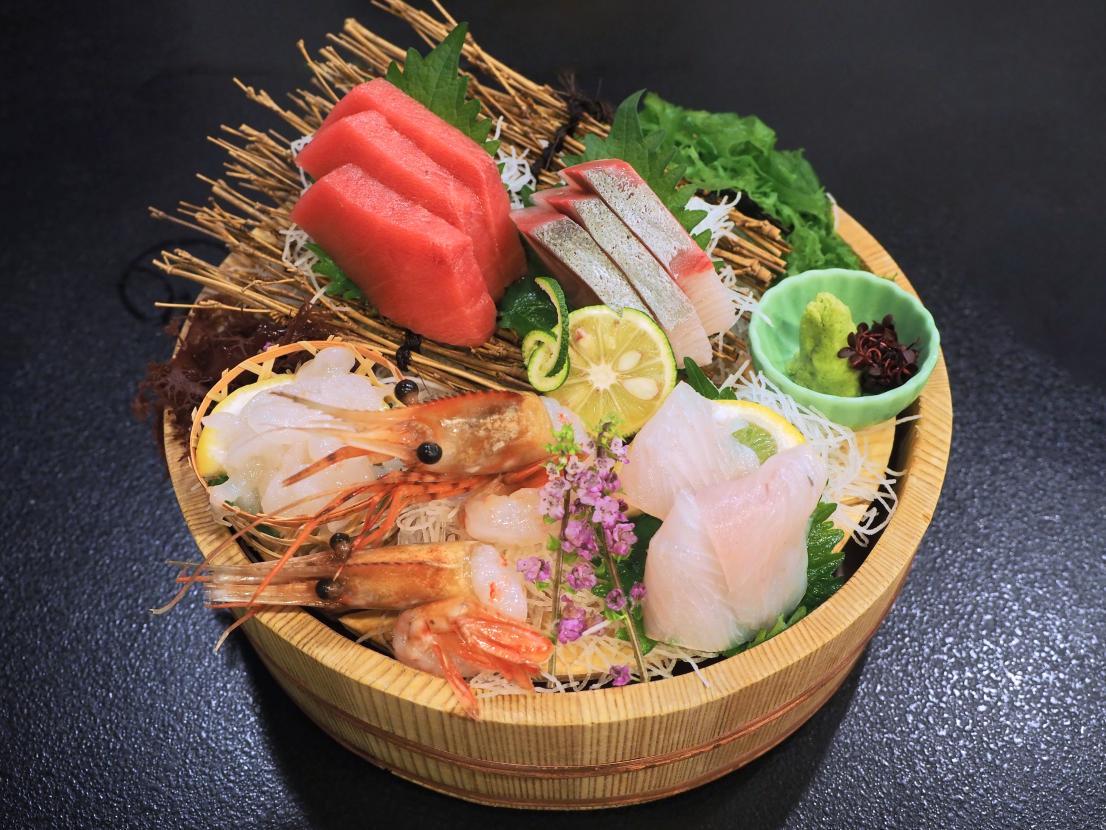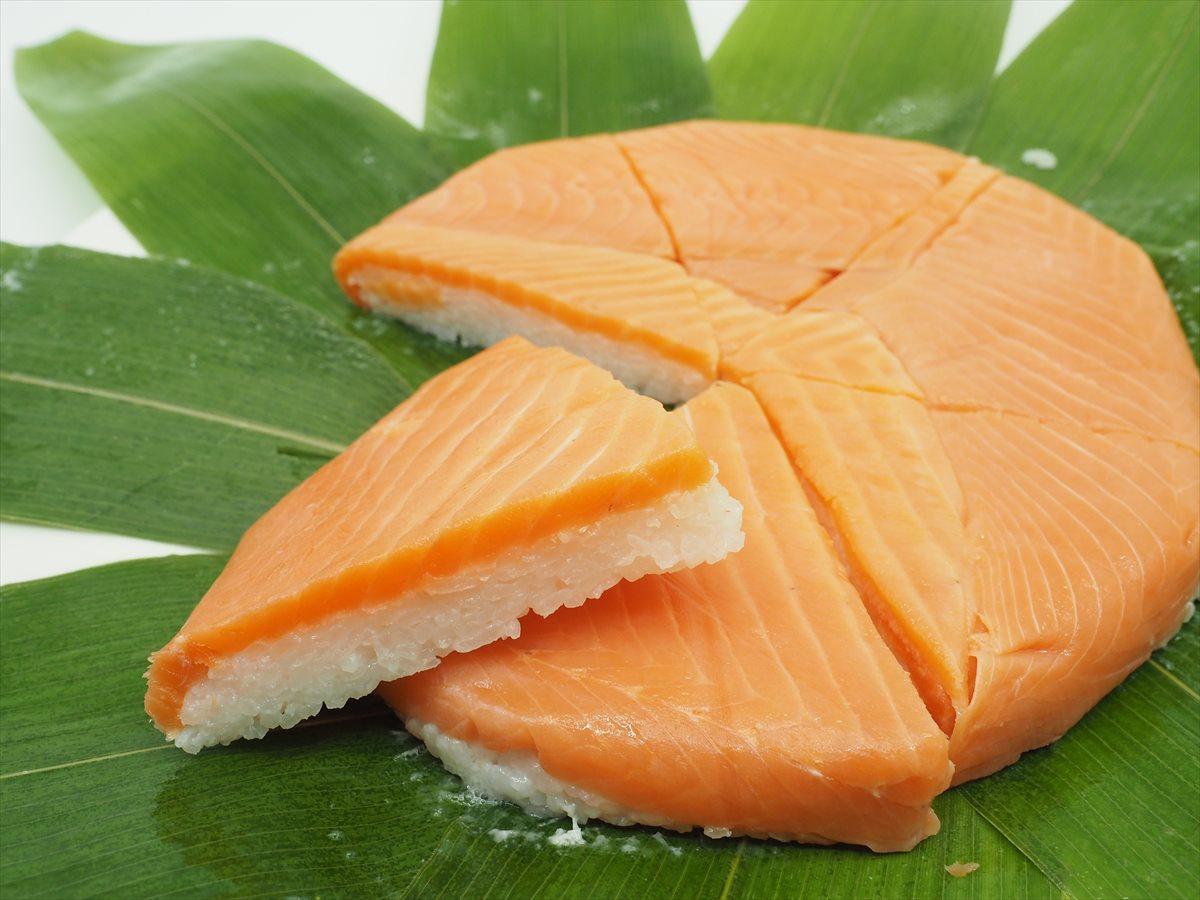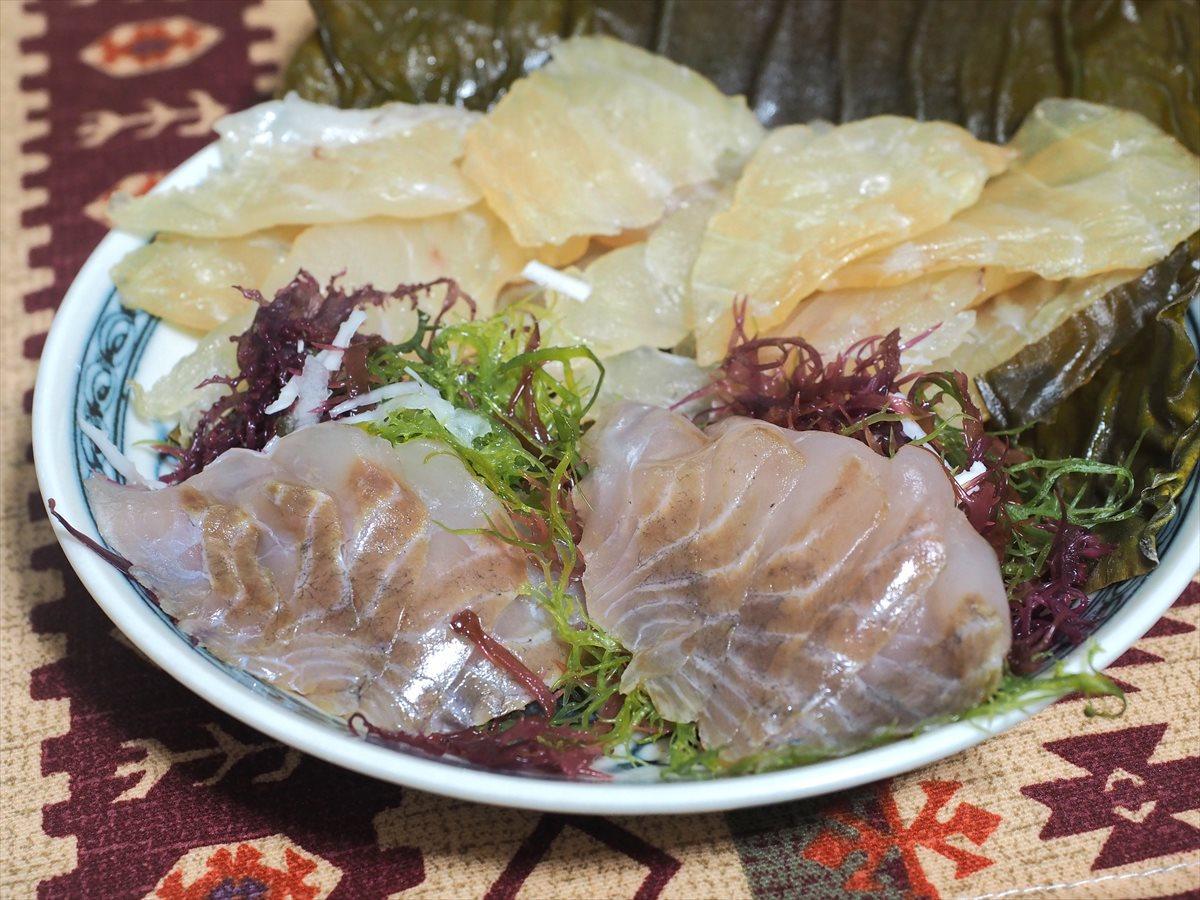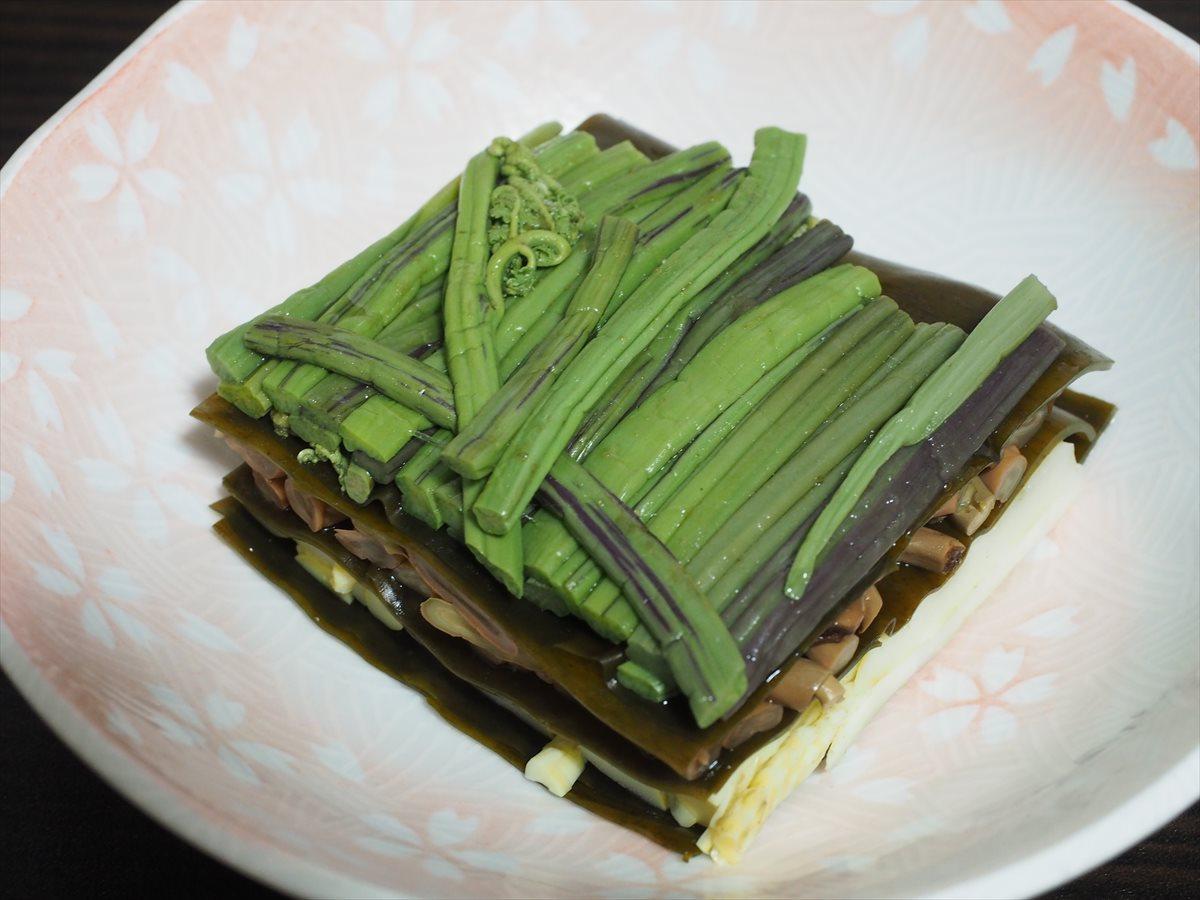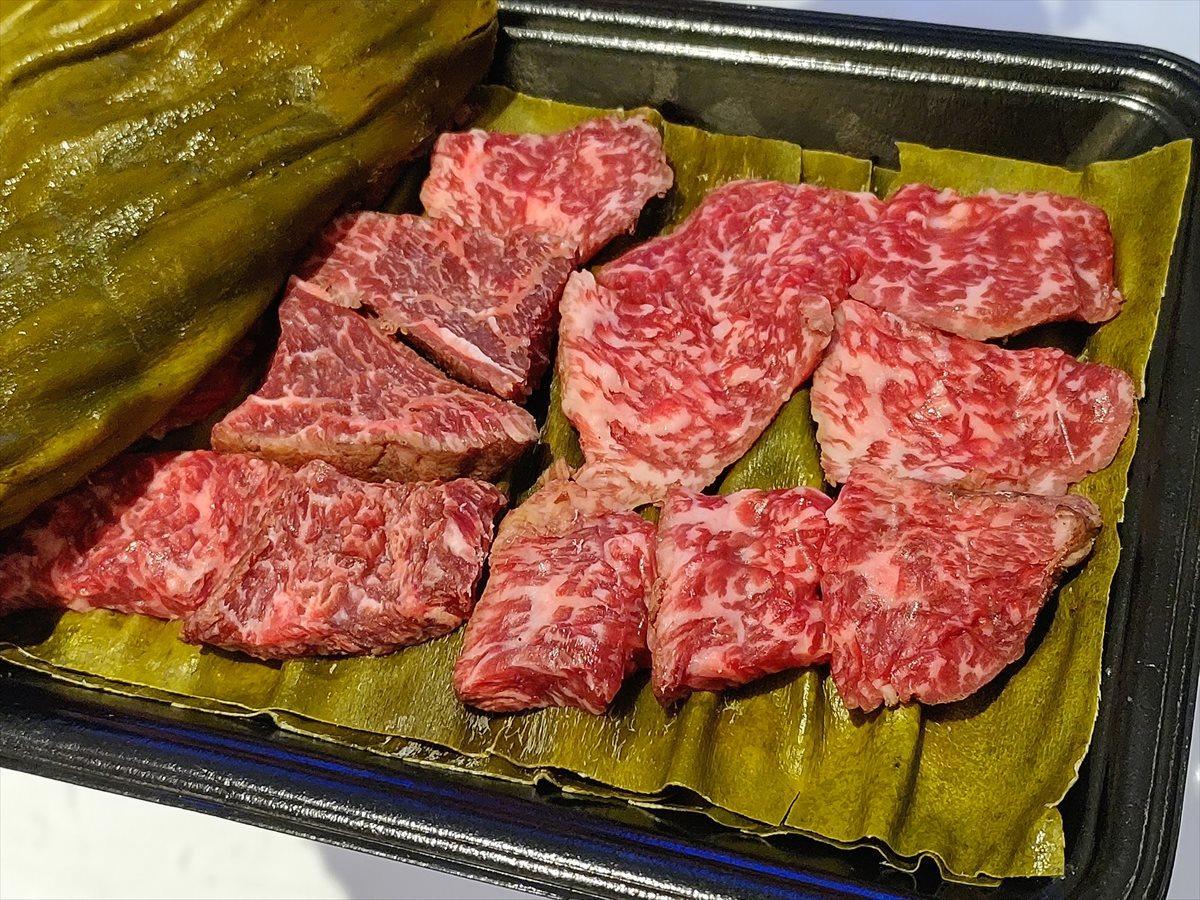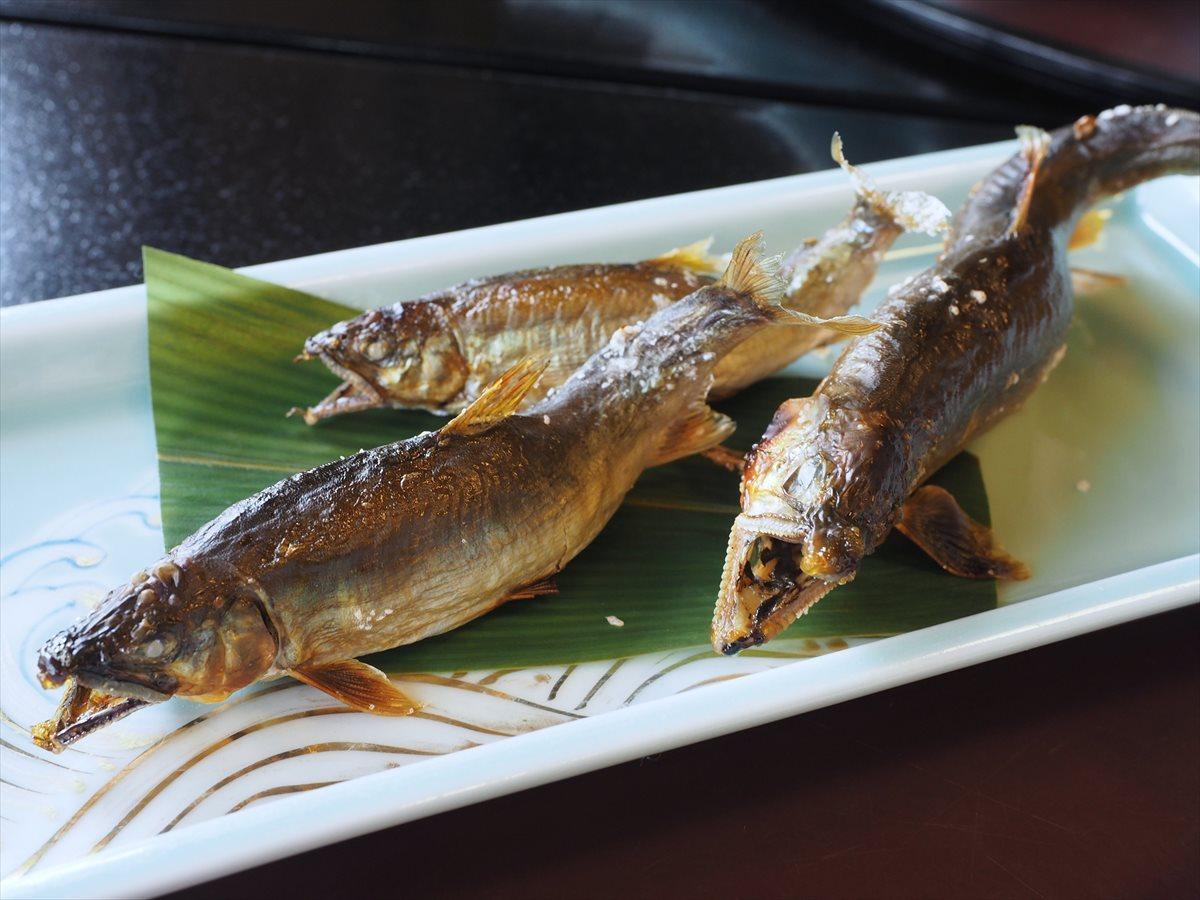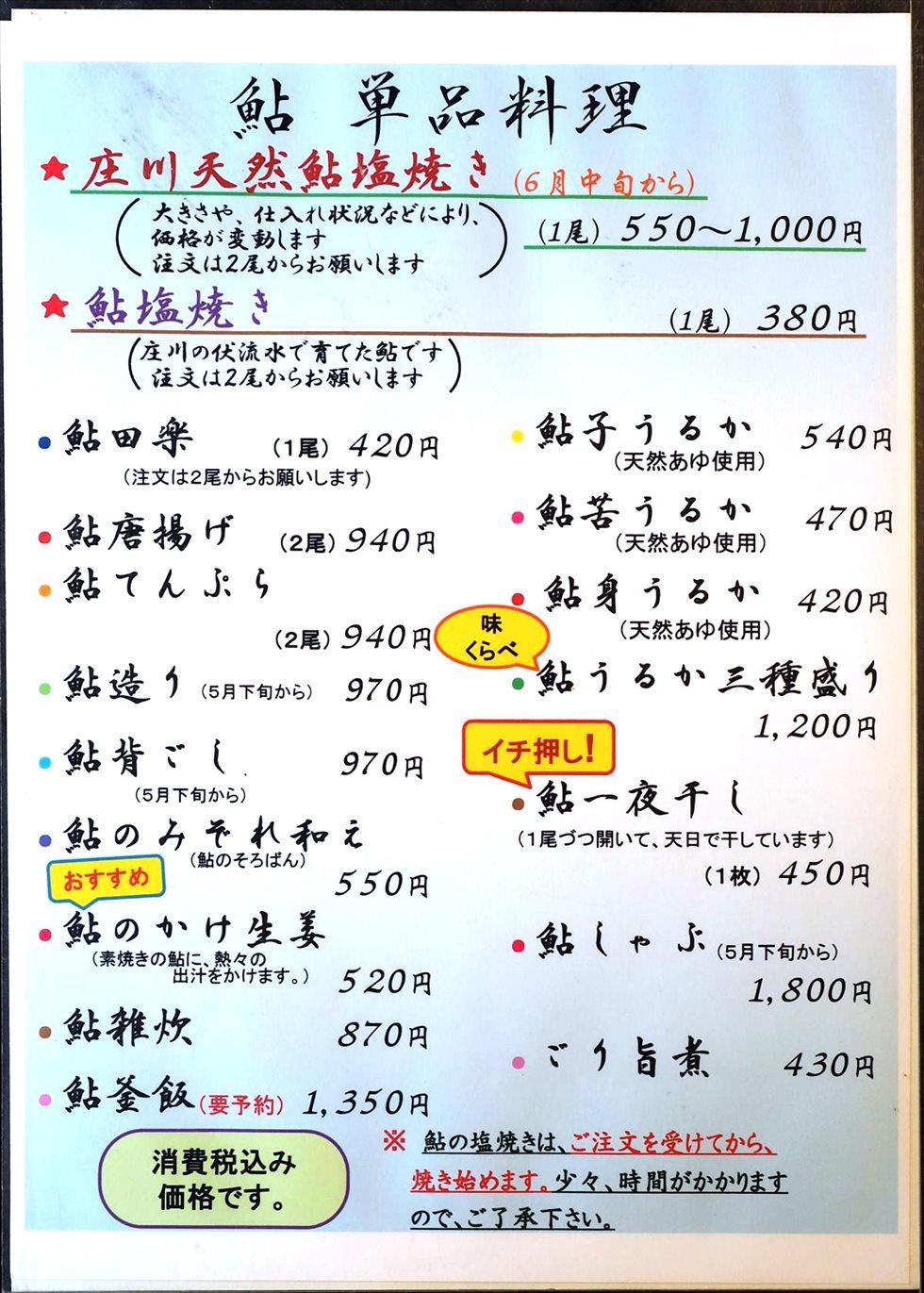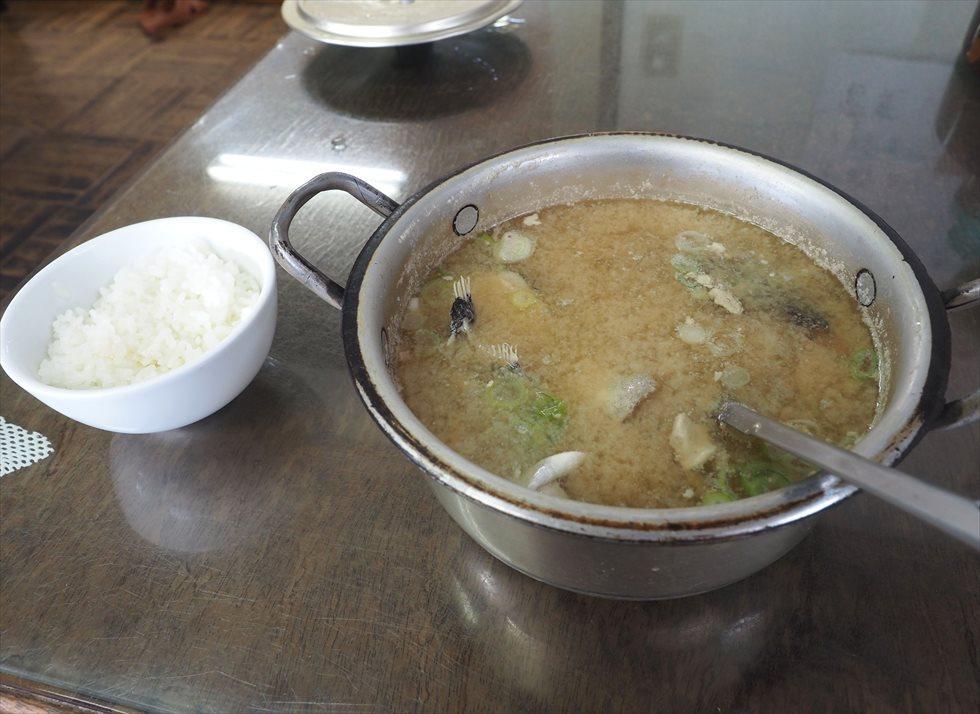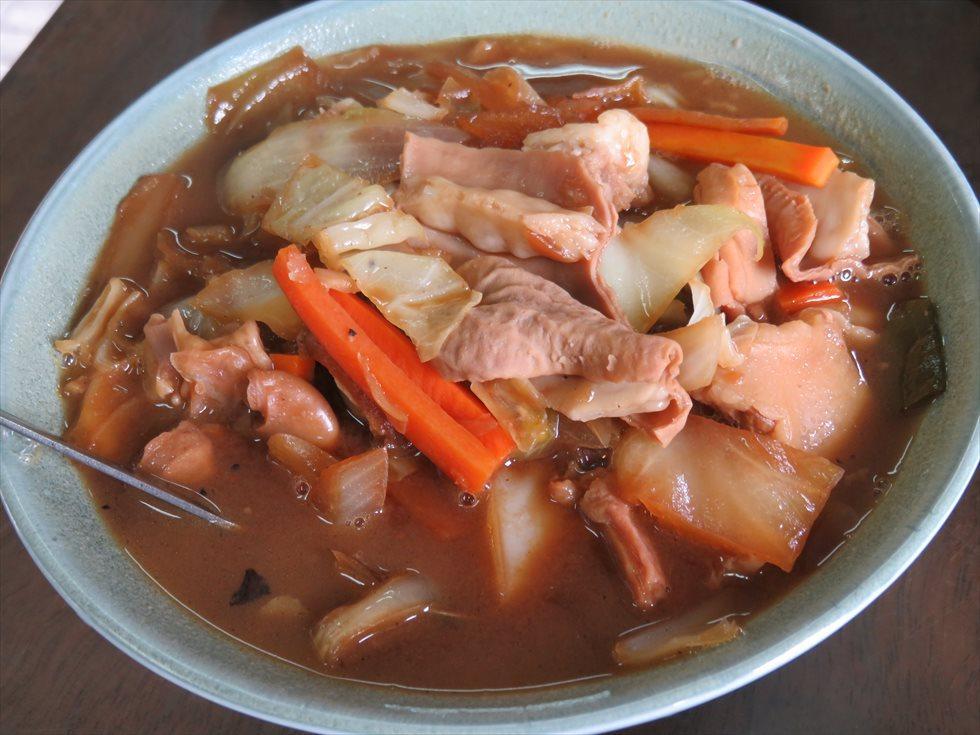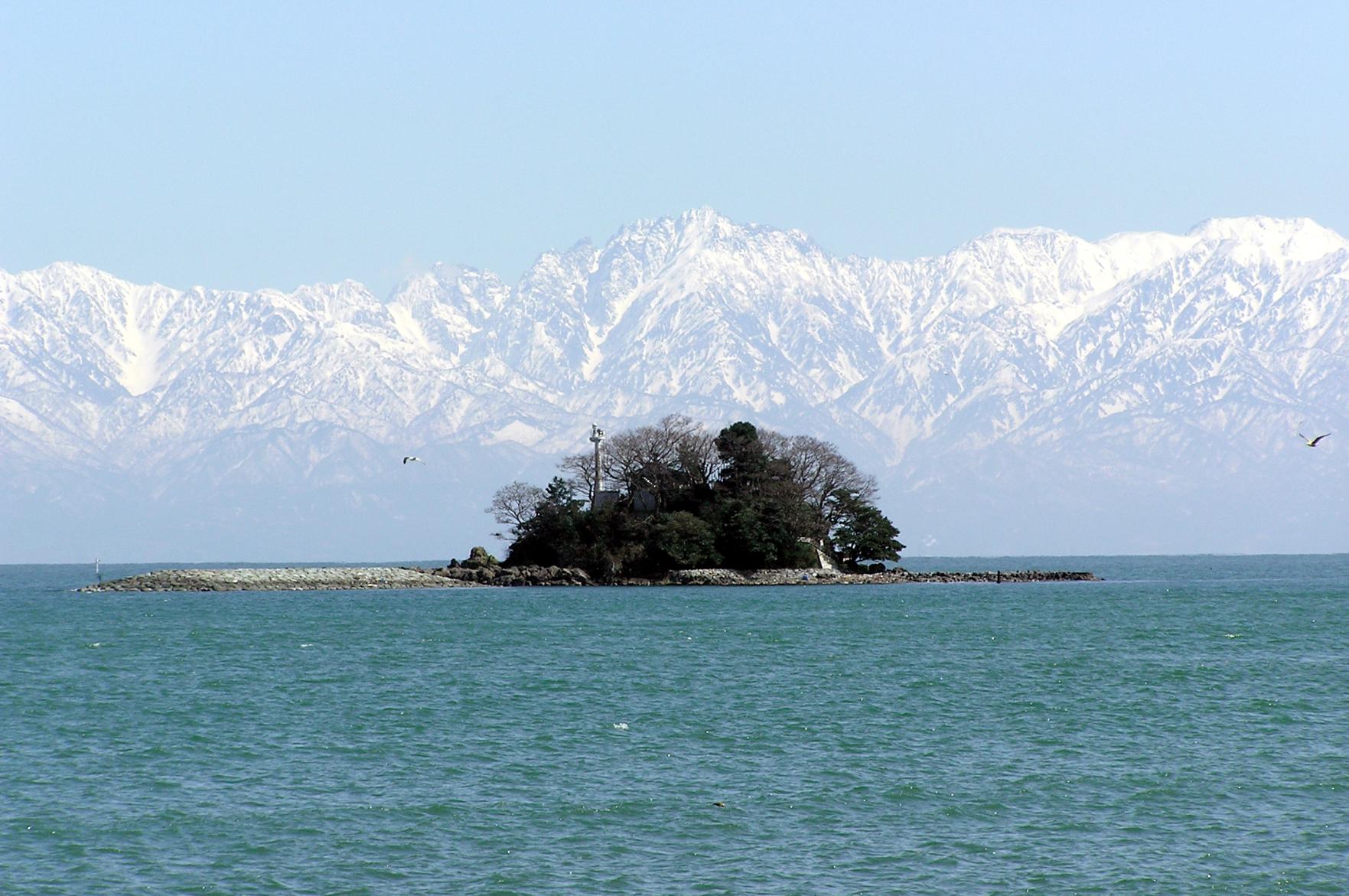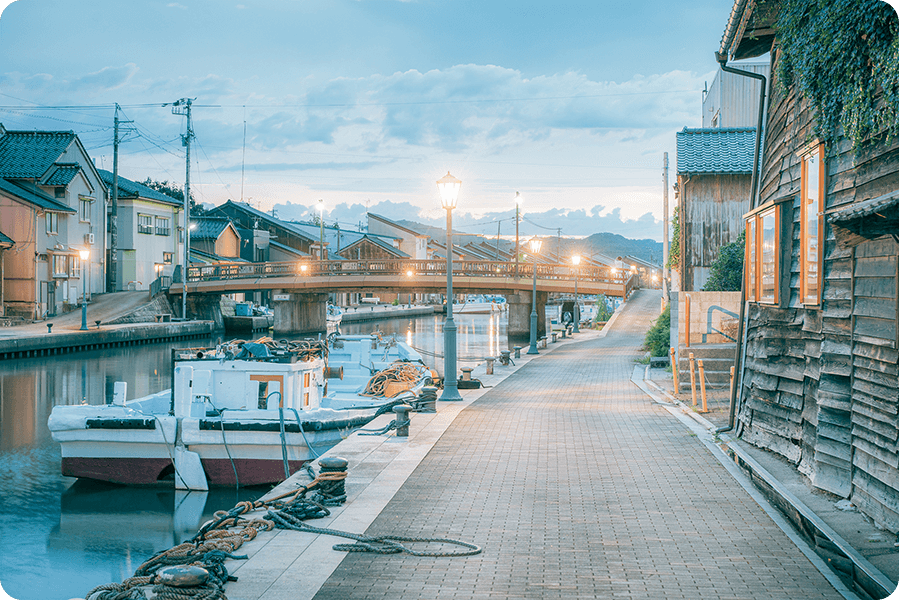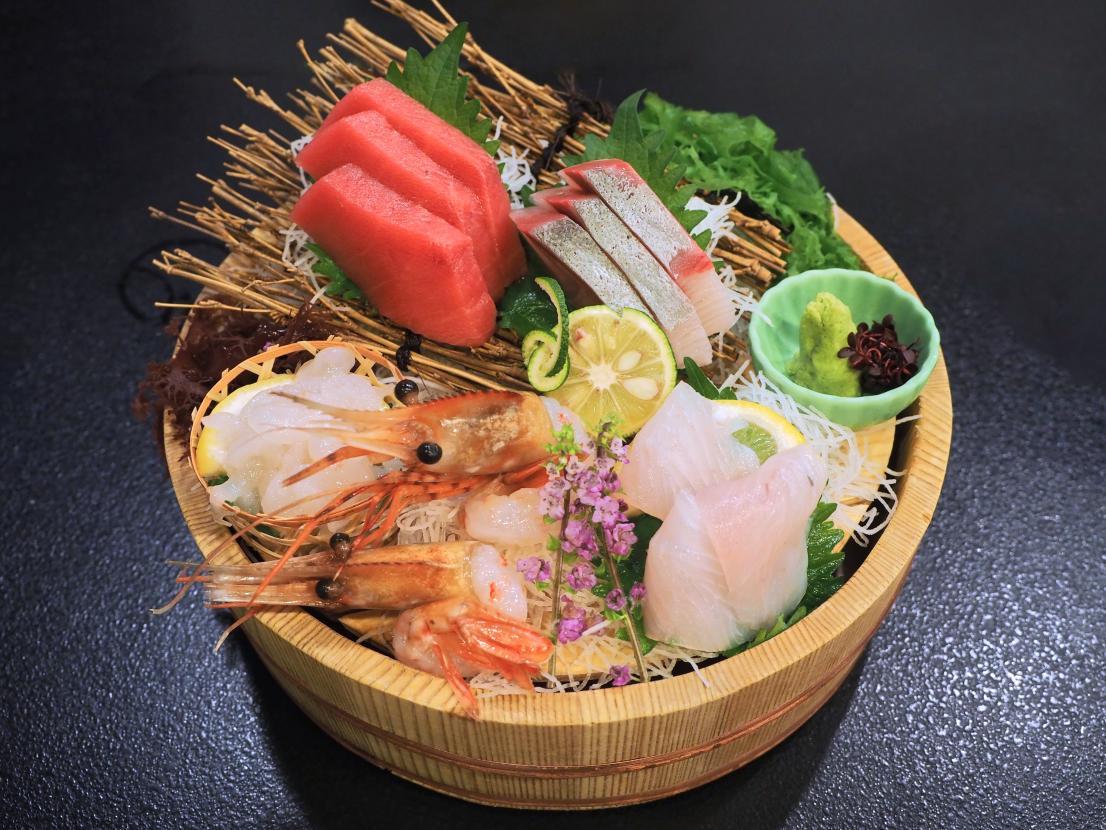
11 Must-Try Local Delicacies of Toyama
Toyama is a land of abundance with many gourmet dishes derived from its land, mountains, rivers, and oceans. Here are some must-try local specialties that will allow you to enjoy your visit to the fullest.
* This article was adapted from work by a local reporter living in Toyama Prefecture.
Kanburi (Winter Yellowtail)
There are about 800 species of fish in the Sea of Japan, and 500 of those inhabit the bountiful waters of Toyama Bay.
Toyama’s kanburi, or winter yellowtail, is known as the “king of winter delicacies,” and Himi City’s yield in particular has become renowned both within and outside of the prefecture. To be classified as Himi Kanburi, the fish must be caught in a fixed net during the official kanburi season, as determined by local fishermen, and weigh six kilograms or more.
The most popular Himi Kanburi dishes include sashimi, burishabu (fish meat dipped in boiling water), grilled yellowtail collar, shioburi (fish preserved in salt), and yellowtail daikon radish stew. Yellowtail can also be enjoyed in a variety of processed products available in Himi and around the prefecture.
Firefly Squid
Firefly squid (hotaruika in Japanese) from Toyama Bay can be enjoyed year-round, dried or marinated in soy sauce. When they’re in season, firefly squid can be prepared as sashimi, or boiled and served with vinegared miso and ginger soy sauce. You can also enjoy firefly squid in tempura and shabu-shabu, or as a snack.
Toyama’s firefly squid have large, plump bodies that burst open when you bite into them and a rich and pleasant taste. They truly embody the flavor of early spring in Toyama Bay.
The firefly squid season brings visitors from around the country to Toyama Bay to watch as firefly squid that have finished laying their eggs launch themselves out of the water and onto the shore. This unique and unusual act has established the firefly squid as a curious symbol of Toyama Bay.
Japanese Glass Shrimp
Japanese glass shrimp (shiroebi in Japanese) are known as the jewel of Toyama Bay. Only in Toyama Bay can these shrimp be caught in such large quantities that the local fishing industry could practically subsist on it alone. They are usually enjoyed dried, deep-fried, as tempura, or as melt-in-your-mouth sashimi. Either way, they will leave you craving more.
In front of Toyama Station at an izakaya called Arasan, visitors can try the popular house dish “fluffy fried Japanese glass shrimp,” which brings out their wonderful aroma.
Eelpout
Classified as a deep-sea fish, eelpouts are called genge in Japanese because they were once considered an undesirable food, the appellation denoting their “lower than low” quality. Eelpouts were unpopular because of their high water content, causing the fish to lose freshness quickly, and the slimy mucus on their body that would get stuck to fishing nets.
However, Toyama Bay residents eventually discovered the right way to cook the fish, and realized that it was actually quite delicious. The name genge then came to represent a different term—“phantom fish”—and the eelpout’s popularity exploded overnight to become a staple of Toyama’s food culture.
Eelpout is often served in soup dishes at home, as the fish can be bought inexpensively at supermarkets and produces a good soup stock. Izakayas serve the fish deep-fried, dried, or as tempura. Eelpout tempura has a pleasantly crispy outside and gelatinous consistency inside that melts on the tongue, giving it a light and luxurious taste.
Red Snow Crab
Toyama’s red snow crab (beni-zuwaigani in Japanese) is known as the “Queen of Toyama’s Cuisine” and is branded as Koshi red snow crab, a nod to the Toyama region’s historical name.
To be branded and shipped as “first-rate Koshi red snow crab,” crabs must be caught at a fishing port within the prefecture, weigh at least one kilogram, have a hard shell (with substantial meat) at least 140 mm in width, and have all their legs attached.
Toyama’s red snow crab has an excellent reputation because of the close proximity between the harbor and its fishing grounds, allowing for it to be distributed while maintaining optimal freshness.
Sushi and Kaisendon
If you visit Toyama, you can’t leave without enjoying the delicacies of Toyama Bay. Sushi, kaisendon seafood bowls, sashimi, and other delicacies from the bay will all provide your taste buds with high-quality tastes. Dishes are served with both standard and rare ingredients which, of course, vary from season to season, but also often change depending on a given day’s catch. With amazing freshness right from the sea, you’ll be sure to find an unforgettable dish.
Trout Sushi
There are more than forty trout sushi manufacturers in Toyama Prefecture. You might wonder what differentiates all of these trout sushi varieties. In fact, no two trout sushi are alike in terms of the way their rice is cooked, the balance between their sweet and sour seasonings, the breed of trout and flavor of the vinegar they use, the thickness of their meat, the way the sushi is arranged, and many more aspects.
When purchasing trout sushi (masu-no-sushi in Japanese), you may be asked when you plan to eat it or told when it should be eaten by, since the freshness of the sushi is very important. While shopping for the right trout sushi, you’ll learn quite a bit and have some delicious experiences along the way.
Kombujime
Kombujime (also known as “kobujime”) is a local Toyama dish made by sandwiching light-tasting foods such as whitefish and wild vegetables between sheets of kelp.
The most standard kind of kombujime in Toyama is made with marlin, which is what you can expect when you see kombujime on the menu.
Other popular fillings include various kinds of whitefish and shrimp, as well as tofu and beef. The kelp for kombujime is sold at supermarkets, so many people also make it at home—just as you would expect from the prefecture that boasts the country’s highest kelp consumption.
Toyama Black Ramen
Frequently appearing on Japanese TV and other media, Toyama black ramen already has quite a claim to fame domestically, with its dark black soup leaving quite an impression on those who try it. However, not all Toyama black ramen is necessarily salty; sometimes it can be rich in flavor with just the right amount of saltiness, or sometimes mild and easy to eat despite the broth’s stark color. This ramen is a must-try for noodle lovers looking for something with regional flavor.
Sweetfish
During sweetfish season, fishermen can often be seen holding long poles in Toyama’s rivers.
Sweetfish (ayu in Japanese) are a popular catch in the prefecture, and several restaurants, particularly in the city of Tonami, specialize in sweetfish cuisine.
The sweetfish restaurant Uoyasu in Tonami’s Ota district serves both farmed sweetfish raised in subterranean waters and natural sweetfish, both procured from the Shogawa River.
What’s the difference between natural and farmed sweetfish? You can try out both at Uoyasu, where the menu features salt-grilled sweetfish, sweetfish tempura, and many more options. Don’t miss these delicious Shogawa River sweetfish when you visit Toyama.
Cod Stew
The town of Asahi, located in the easternmost part of Toyama Prefecture, is famous for its cod stew (tarajiru in Japanese) with several restaurants offering the specialty on Route 8, known as the Cod Stew Highway.
Each serving of cod stew at Sakae Shokudo, located on the outskirts of Asahi, comes in a single pot filled to the brim with slices of cod, meaning that one order can definitely be enjoyed by two people. The soup is miso-flavored and very lightly seasoned to complement the cod’s delicate taste, which is so delicious that you’ll want to keep slurping it down.
The restaurant opens at 8:00 a.m. and has a large parking lot. It feels a bit like an old-fashioned rest-stop diner, with a display case from which customers can choose their side dishes. In this day and age, it may even seem novel.
Sakae Shokudo also offers a full menu of dishes other than cod stew, so be sure to stop by and try out what’s available.




